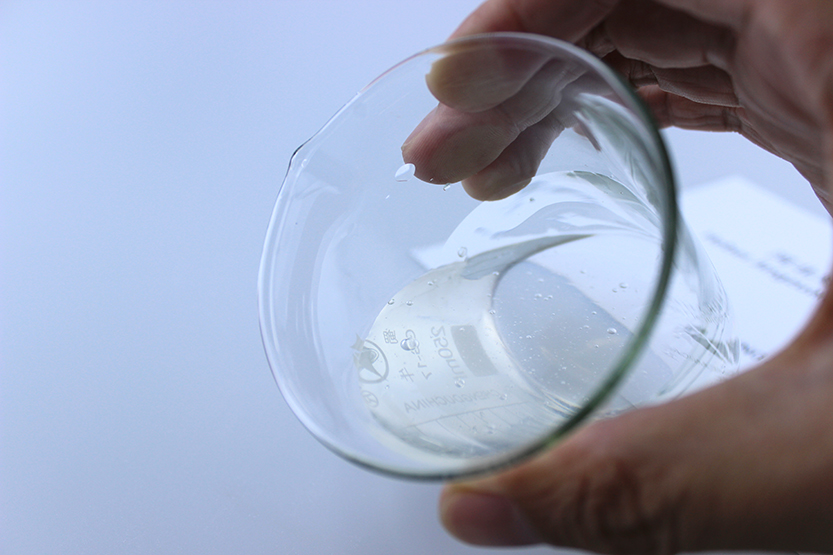
កក្កដា . 26, 2024 16:30 Back to list
Current Market Trends and Prices for HPMC Powder in the Chemical Industry Today
The Emerging Trends in HPMC Powder Pricing
Hydroxypropyl Methylcellulose (HPMC) powder is a widely used cellulose ether that has gained significant traction across multiple industries, including pharmaceuticals, construction, and food. Its unique properties make it an invaluable ingredient in various applications, from serving as a thickening agent to being a key component in Modified Starch products. As demand continues to rise, understanding the pricing trends of HPMC powder becomes imperative for manufacturers, suppliers, and consumers alike.
Factors Influencing HPMC Powder Prices
1. Raw Material Costs The price of HPMC is primarily influenced by the cost of its raw materials, which include cellulose and chemical additives. Fluctuations in the pricing of these raw materials due to supply chain disruptions, geopolitical tensions, and changes in global demand can directly impact the price of HPMC powder. For instance, a spike in the price of wood pulp, a key source of cellulose, can elevate the production costs for manufacturers.
The Emerging Trends in HPMC Powder Pricing
3. Market Demand The demand for HPMC powder varies across sectors. In the pharmaceutical industry, the ongoing development of new drug formulations, particularly in the context of the increasing worldwide focus on health and wellness, drives substantial demand. Meanwhile, in construction, the rise of eco-friendly building materials and methods has also catalyzed the need for HPMC as a binder and thickening agent. Fluctuations in demand can significantly affect pricing dynamics.
hpmc powder price

4. Regulatory Factors The production and distribution of HPMC powder are subject to various regulations. Compliance with health and safety standards can increase operational costs for manufacturers. When stricter regulations are imposed, the additional costs may be passed on to consumers in the form of higher prices. Furthermore, certifications required for specific applications, especially in pharmaceuticals and food industries, can influence profitability and pricing strategies.
5. Global Trade Policies Global trade dynamics, including tariffs and trade agreements, can also impact the pricing of HPMC powder. Countries with favorable trade relations may facilitate lower costs for importing raw materials and exporting finished products. However, if trade barriers are increased, it may lead to higher prices due to increased transportation costs or supply shortages.
Current Trends and Future Outlook
As of 2023, the market for HPMC powder appears to be on a growth trajectory, driven by its broad versatility. While there might be price volatility owing to the aforementioned factors, the long-term outlook seems positive, with investments in technology and production processes helping to stabilize costs. Industry experts believe that as more applications for HPMC are developed, especially in niche markets like bioplastics and sustainable construction materials, the demand will continue to rise, potentially leading to price increases.
In conclusion, the pricing of HPMC powder is influenced by a multitude of factors, from raw material costs to regulatory changes, and global demand dynamics. Staying abreast of these trends is essential for stakeholders across industries to navigate the complexities of the market. As technological advancements continue to evolve, along with an increasing focus on sustainable practices, HPMC powder is likely to remain a critical component in various applications, shaping its market price in the years to come.
-
Versatile Hpmc Uses in Different Industries
NewsJun.19,2025
-
Redispersible Powder's Role in Enhancing Durability of Construction Products
NewsJun.19,2025
-
Hydroxyethyl Cellulose Applications Driving Green Industrial Processes
NewsJun.19,2025
-
Exploring Different Redispersible Polymer Powder
NewsJun.19,2025
-
Choosing the Right Mortar Bonding Agent
NewsJun.19,2025
-
Applications and Significance of China Hpmc in Modern Industries
NewsJun.19,2025







